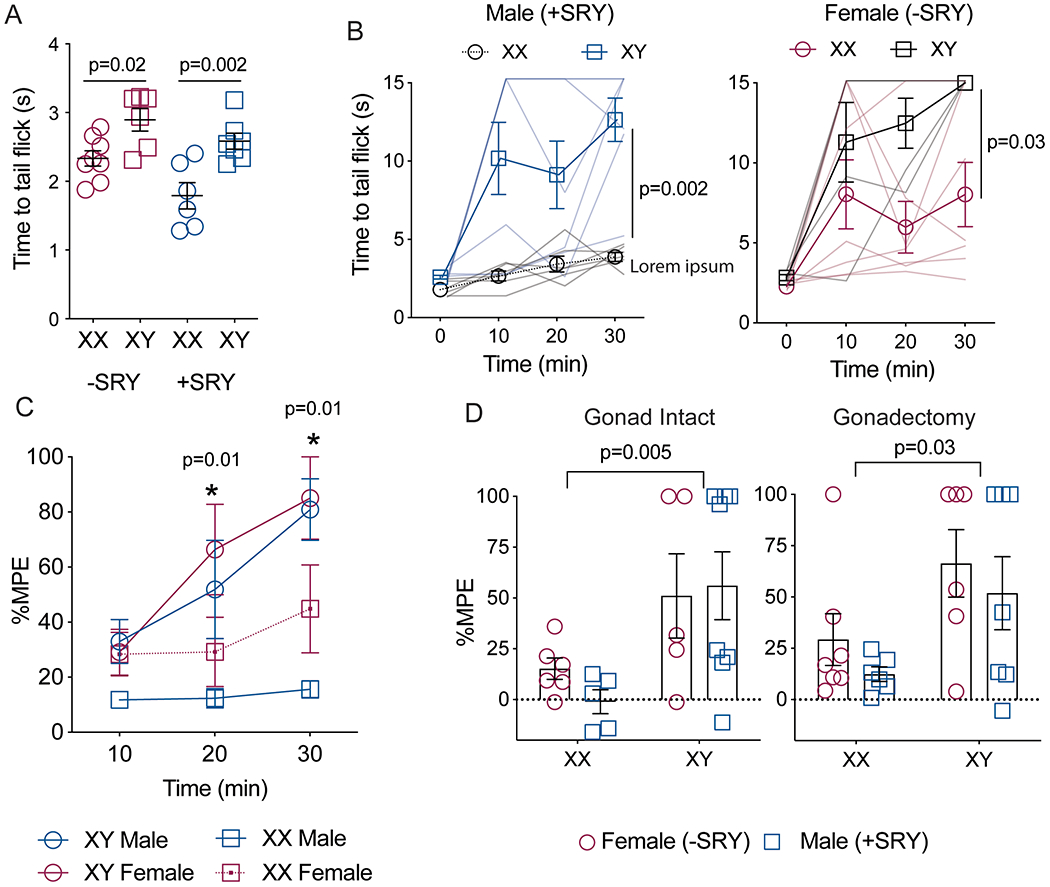Figure 2: KOR antinociception varies with sex chromosome, not gonadal hormones.

A) Baseline tail withdrawal thresholds vary by sex chromosome and gonadal hormone, with animals with a Y chromosome displaying higher baseline pain withdrawal thresholds than animals with two X chromosomes, n=6-8. B) U50 anti-nociception (10mg/kg, s.c.) is significantly higher in XY than XX mice, regardless of type of gonad. Data were compared with three-way ANOVA with time, sex chromosome, and gonadal hormone as independent factors. Males and females are plotted separately for clarity, n=6-8 C) Tail withdrawal thresholds were transformed to percent maximum potential effect (%MPE), n=6-8. D) Removal of gonads does not affect U50 sex differences in tail withdrawal, n=5-8. Data presented as mean =/− SEM.
